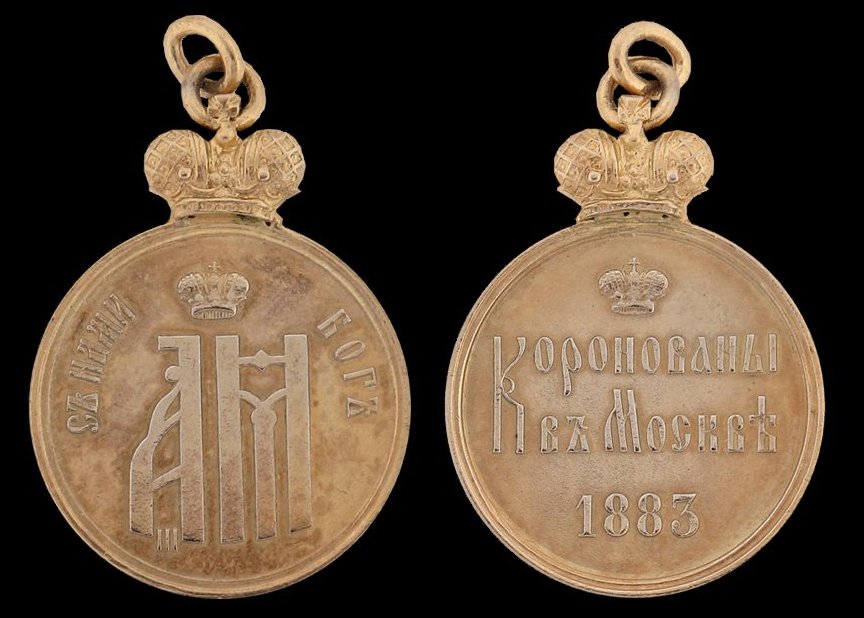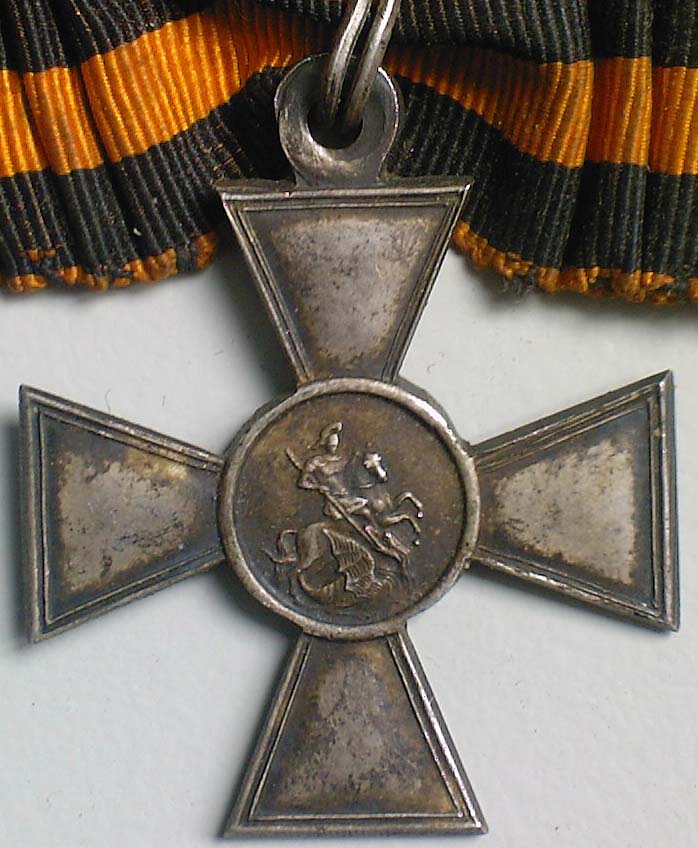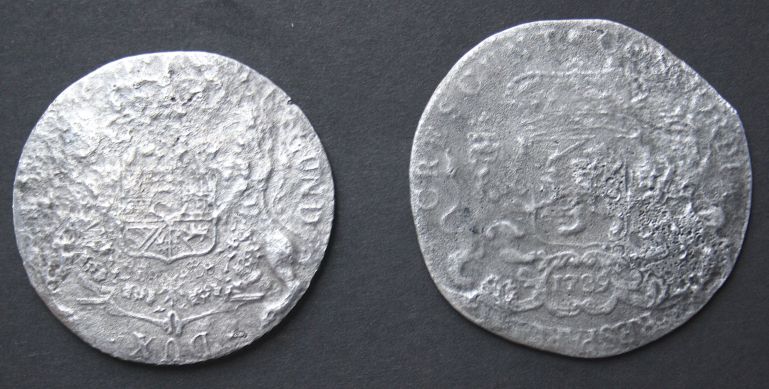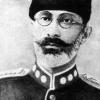-
Posts
4,254 -
Joined
-
Last visited
-
Days Won
11
Content Type
Profiles
Forums
Blogs
Gallery
Events
Store
Posts posted by paul wood
-
-
.
Not necessarily. He could have joined just after the war and therefore missed out on any WWII medals and could have quite easily missed out on any other conflict. I have seen several similar groups in my time, nice thing to own.
Paul
Also only next of kin can get service details from the PRO from this period.
Paul
0 -
.RN LSM PAIR:
I am am avid collector of badges, buttons, insignia, medal,s patches and flashes associated with Bermuda. I recently purchased a pair of medals, via eBay, from a seller in South Africa. The pair consists of:
NGS with BAR "NEAR EAST"
P/SMX. 789917 T.N.WAKEFIELD. C.P.O. CK. (O). R.N.
RN LSM - QiiR ISSUE
MX. 789917 T.N.WAKEFIELD. C.P.O. CK.(O). H.M.S. BERMUDA
Is their anyway to research the medal recipient, are his service records avaialble? Also, is there any way to tell if other medals are missing from the group?
Research on my part indcates the following"
HMS Bermuda was decomissioned in mid-1962
The NGS medal with Near East Bar was awarded fro service in 1956.
The RN LSM is awarded for 15 years service.
Using the above info, my calculations indicate the lastest Wakefield could have entered the service was 1947 and still receive a LSM while assigned to HMS Bermuda. I get the distinct feeling additional medals should be with this pair.
Not necessarily. He could have joined just after the war and therefore missed out on any WWII medals and could have quite easily missed out on any other conflict. I have seen several similar groups in my time, nice thing to own.
Paul
0 -
FONSON ??
Buls,
De Vigne-Hart
Dutalis
Fisch
Heremans
Walrauens
Wolfers
Paul
0 -
I just picked up a IGS '08 with Waz 19-24 at a show here in the states for a good price. The unit is got me sratching my head. It is named to a Naik with the 43/ G.C.C. Would that be:
1. Gold Coast Constabulary (probably not ...)
2. Gwalior Carrier Corps (that is how it was labeled by the dealer but I don't think that existed).
3. Gwalior Cadet Corps (existed but ...43 battalions?)
4. Gwalior Camel Corps (this seems most likely but I thought C.C. had Indian Cavalry ranks not Naik)
Any ideas?
Art
Government Camel Corps. Certainly existed.
Paul
0 -
A very interesting post, Will. Very few collectors appreciate how rare they are - I have had badges stay in the shop for years.
This is particularly good as it has his photo and all of the other bits and pieces. Mervyn
Most interesting, I have a pair to the Indian Bearer Corps. They served in Africa and as such unlike the Cape Coloured Labour Corps they received the bilingual Victory medal. I agree with Mervyn what you have is truly rare. I will be most interested to hear what research you come up with.
Paul
0 -
Naming with date

Mervyn,
Very nice indeed.
I think the Royal Humane Society awards are some of the most under priced awards in the medal collecting field. These are gallantry awards in every sense of the word and in some cases the level of gallantry is truly amazing with the recipient putting his life on the line to save the life of a fellow or fellow human beings. To me these are every bit as amazing as bravery in the field awards and were the actions performed under battlefield conditions many would have earned high level gallantry awards.
Thank you for sharing with us.
Paul
1 -
Yes, it is Bramstedt's. This suggests that the move to two screw and rivetless reverses must have taken place after 1967. My purpose in starting this thread is to get known dated awards and see if we can construct a proper timeline which will withstand scrutiny.
Paul,
Thank you for this thread. It is useful to have provenanced and dated pieces then there can be no doubt of the date of manufacture and one can base dating information on fact rather than conjecture (and I know it is very easy to have a theory and then create hypothetical information based on that.). Interestingly I see that some of the early awards are to Chinese Customs officials. Why would they have received them. I know they usually ended up with Double-Dragons or later Golden Grains, classes depending on rank, where the helping the Japanese to get things in to China that shouldn't have been there?
All the best,
Paul
0 -
Brilliant !
2nd variety, third class - is that correct ?
Nice to see the case, is there an inscription on the lid or the upper lining?
Paul
0 -
Type 2
A 26mm diameter circular silver gilt medal with a crown suspension, the obverse bears the crowned monograms of Alexander III and Maria Feodorovna. The reverse shows a rown over an inscription in two lines - Коронованъ | въ Москвљ (Coronation | in Moscow) and the date.
Having found a non-wearable 'souvenir' commemorative medal with this design, this may be an unofficial commemorative made by attaching the suspension.

[Picture: e-Medals]
I have also seen a similar medal with the same obverse/reverse but a simple ring suspension, which further leads me to believe that someone was making wearable souvenirs out of a commemorative piece! (Will try to add a picture later...)
Megan these are Coronation jetons, the crown is an unofficial addition. The engraver was Avenir Grillisches Senior. They are recorded in gold (very rare), silver and bronze (both extremely common).
Paul
0 -
Медаль "В память коронации императора Александра III" Instituted on 12 May 1883 to mark the Coronation of Alexander III and Maria Feodorovna on 27 May of that year, this medal was awarded to those involved in organising the ceremony, those who attended in an official capacity and those responsible for security arrangements. More than one variant is believed to exist, but they may not all be official.
Type 1
This is believed to be the official medal. It is a circular bronze medal, 28mm in diameter. The obverse shows a portrait of Alexander III, surrounded by the inscription Б. М. АЛЕКСАНДРЪ III ИМП. И САМОД. ВСЕРОСС (H.M. Alexander III. Tsar of All Russia). The reverse bears an imperial crown, under which is written Коронованъ | въ Москвљ | мая 15 | 1883 (Coronation | In Moscow | May 15 | 1883).

[Picture: Yuri Yashnev]
Megan, there are three varieties of medal of which 122,000 were struck in dark bronze and were all designed by L Steinman and M. Gube, variety 1, Narrow bust with initials at base of obverse (Cyrillic L. S. R.) Cut by L Steinman, variety 2 slightly larger bust Cyrillic LS on truncation, variety 3 large bust with Steinman's signature in full on truncation, the piece illustrated is type 2. according to Diakov they are of similar rarity, it would however be interesting to compare a random sample of say 50 medals to see which turns up more frequently. A handful of each type are recorded in gold and later strikings (or novodels) are recorded in silver.
Paul
0 -
And below is the picture of the one which we compare with the above 2 examples ... Please check the left saber grip , the weirdness is more visible in that one...
I agree with Avsar.
Genuine pieces with scimitars both of the Medjidjie and Osmanie are very rare as they were only issued for a relatively short time. While the quality of the illustration of the piece in question leaves something to be desired and the illustrations of the genuine pieces are of excellent quality it is not something I would wish to risk my money one without a cast iron return if not satisfied guarantee.
All the best,
Paul
0 -
Sometime ago in a thread I cannot retrieve, members discussed awards made by King Carol II of Romania while he lived in Portugal and Spain in exile. Folklore and old reports opine that Carol awarded the Orders of the Crown, Star, Bene Meriti, and Romanian Hohenzollern while in exile. A purported Carol offspring continued [s?] some such awards after Carol died.
The thread included speculation regarding insignia manufacture with leading contenders being da Costa of Lisbon and Celjavo of Madrid. EBay lot 130616822935 seems to confirm that da Costa made some insignia and provides, among others, the image below.
I actually had the privilege to examine some of these items which had been left to his wife. They were the two Order illustrated and in some quantity. Those cased were Da Costa made. I have no evidence that the Star and the Crown were awarded by Carol while in exile as they were more Romanian governmental awards, The Order of Merit and the Hohenzollern Orders were both dynastic awards and as he considered himself to be the dynastic head of the Romanian branch of the House of Hohenzollern he would have felt entitled to award these decorations.
Paul
0 -
My ancestor was at Ahmed Khel on April 19th, 1880. I have his bronze (not silver) Afghanistan Medal with the Ahmed Khel clasp (no other clasps). The edge writing on the medal is as follows:
13315 2nd CORPL. E. ASHWORTH. BEN; S.& M.
Which I parse as follows, 13315 is his serial number, and is a non-officer's number. He is a 2nd Corporal. His name is Edward Ashworth, and his unit is the Bengal Sappers and Miners, which is part of the Bengal army and not the "British" army proper. That explains why the medal is not silver - UK units received the medal in silver while Indian units received the medal in Bronze.
Per the official account of the battle (The second Afghan war, 1878-80: official account By India. Army. Intelligence Branch, Sir Charles Metcalfe MacGregor )(available on Google books) two companies of the Bengal Sappers and Miners were at this battle - the 4th and the 10th. Per the Hart's Army list for this period, the tenth is listed as being Pontooneers, while the 4th is not differentiated from the other companies of sappers and miners.
I have not been able to find out which of the two companies Edward was in, or any other details at all of his service. The Bengal units generally have UK officers and only a few UK enlisted specialists - and I am very curious what role 2nd Corporal Edward Ashworth filled.
If anyone can suggest further avenues of research to follow, I would be very thankful. Also, is it possible to buy a new ribbon for the medal? The original ribbon is almost completely rotted and faded.
Thank you!
John Gilbert
How very strange, the practice of awarding bronze medals was not adopted until the 1885-87 Burma Campaign and the only people to receive them were Indian Army non-combatant troops, such as sycees, bearers, Bhistis etc. which previously did not receive any medallic recognition (there are a few incidents of non-combatant troops receiving privately engraved medals at the regiments expense but these are as rare as rocking horse manure). Combatant troops in both the British and the Indian Army whether British or Indian ALWAYS received silver medals. The bronze medal was relatively short lived. The last campaign it was awarded for was the Abor campaign of 1911-12 and the last bronze medal awarded where the was an Identical silver was of course the BWM which was awarded to various foreign labour corps. Would be very interested to see an image of the medal in order to establish its credentials. There was of course the bronze Kabul to Kandahar Star which was awarded to all combatant troops who took part in the Kabul to Kandahar march.
All the best,
Paul
0 -
Sorry Oxy,
but I think that all orders, badges on sale by Berg983 are fakes.
Cheers
Bil
Yes it is a nice 4th class Eduard Vladimir with the original crossed ribbon $5,000-7000 would be a reasonable price but more that that it is starting to become really expensive (or at least at 2008 prices). At least it is genuine compared to most of the nitrogenous waste offered on E-scam
Paul
0 -
Dave;
It looks like a great little group. Nice assortment of items. Even kept the money?! Must have know it was worthless (at the time, to him)
I would really like to see some close-ups the items
What a wonderful grouping, any chance of enlargement of the photograph with the medal and other miniatures. You did really well there.
All the best,
Paul.
0 -
2
Its a Vladivostok City Authority dog tag. I can't translate the top line or the first word of the second but I have managed to surmise from what I have translated.
Paul
0 -
I believe the Orders were made by the Italian firm Bomisa. I have seen the order in lists and have handled a couple myself. I suspect that a tranche came out of Bomisa for public sale (rather like many of the Sudanese and Ugandan decorations emerged from Spink. Now an awarded piece with a bestowal document would be a very rare beast.
All the best,
Paul
0 -
Hello fellow collectors, i have been collecting orders and decorations for a while, and today i found this.
I came across this forum, and i think that it is appropriate place to ask what is this.
I think that it is something from Egypt, but i didnt find anything similar on the google.
Thank you, and king regards, Mario.
Mario,
It is the Libyan Order of the Republic, almost certainly Italian made.
Paul
1 -
I have since discovered the below information of (Kaimakam) Lieutenant Colonel Yusef Eff Dervish, OBE.From theSudanGovernment Staff Lists.
Commissioned into the Sudan Government Medical Services on 6th April 1911.
April 1920, Medical Officer (El Yuzbashi) at Yei.
April 1923, Medical Officer (El Bimbashi) at Kajo Kaji on sleeping sickness duty.
April 1924, Medical Officer (El Bimbashi) at Tembura.
January 1926 till December 1932, Medical Officer (El Bimbashi) (OBE) at Yei, on sleeping sickness duty.
July 1931 promoted to (Kaimakam) Lieutenant Colonel.
8th December 1932, Retiring, (El Kaimakam) (OBE) at Source Yubo.
Cheers, Brian.
Brian,
Most interesting. The fact that he was commissioned in 1911 may explain the Medjidjie. The only way you may find the answer to its award is trawling through the Sudan Gazette.(or Egypt Gazette).
Paul
0 -
detail 2:

Without a picture of the reverse it is impossible to comment on.
Paul
0 -
The reverses

Mervyn,
The first coins is a Spanish Netherlands Ducaton of Philip V of Spain2, struck at Antwerp probably 1705, The other is a ducaton of the Dutch province of Overijssel, the date has to be 1739. These have obviously been under the sea and may have been from a wreck as they are suffering from severe water corrosion. It's a shame there is not a definite provenance such as a wreck or a find spot. Since the 1960s when diving techniques and underwater archaeology permitted the exploration of wrecks large numbers of similar coins have been unearthed from the deep. As a collectors piece the coins have little value, but as wreck pieces they are probably worth £30-40 each.
I hope this is of help.
All the best,
Paul
0 -
Hallo Paul,

© Lukasz Gaszewski 2000, 2004
I believe the ribbon used for the 1906 Serviciul Credincios - WW1 period was the above,
even living here in Romania since 2003 original Romanian Royalty period ribbon is extremely
scarce to find without the original medal attached and commands a high price.
I hope to be attending Brasov Collectors Fair later this month and will have a look around to see whats
on offer, but wont hold my breath, with regards these type of items.
Kevin in Deva.
Kevin many thanks,
I won't hold my breath, Just hope and pray.
Paul
0 -
A very good friend of mine has bought a very nice group of British Medals with the Serviciul Credincios Cross at the end. Alas the ribbons are very much on their last legs. He is proposing to re-ribbon them on another bar and mount them with the old ribbons above. He can get plenty of ribbon for the British but the Romanian one is bit of problem. Do any members have some ribbon for the cross which they would be prepared to sell me.
Any help would be most gratefully received.
Paul
0 -
Very nice indeed!!
Maybe if I was born again at some time in the future I would not collect German but do something like 19th Century South American... it certainly makes for a wonderful collecting theme...
Fantastic selection of Brazilian medals. Nice to see someone contributing to a little studied area of medal collecting. There has been little new work on South American Medals since Gillingham published his book in the ANS series of Numismatic Notes nearly 80 years ago. Keep the images rolling. For the Paraguayans the war an utter disaster with probably as many as 90% of the male population being killed (still loads of women for the small number left).
Thanks again for sharing this with us.
All the best,
Paul
0






Makers Marks
in France
Posted
Victor Canale was a sculptor and medal engraver.who was a prolific manufacturer and retailer of medals especially "art medals" around and after the great war period.Maybe some of our French members may have more details on him. He collaborated a great deal with the medallist Henri Dropsy and was a prominent member of the Societe Francaise des Amis de la Medaille.
All the best,
Paul